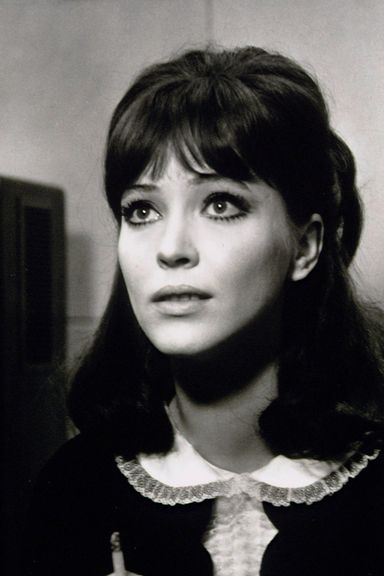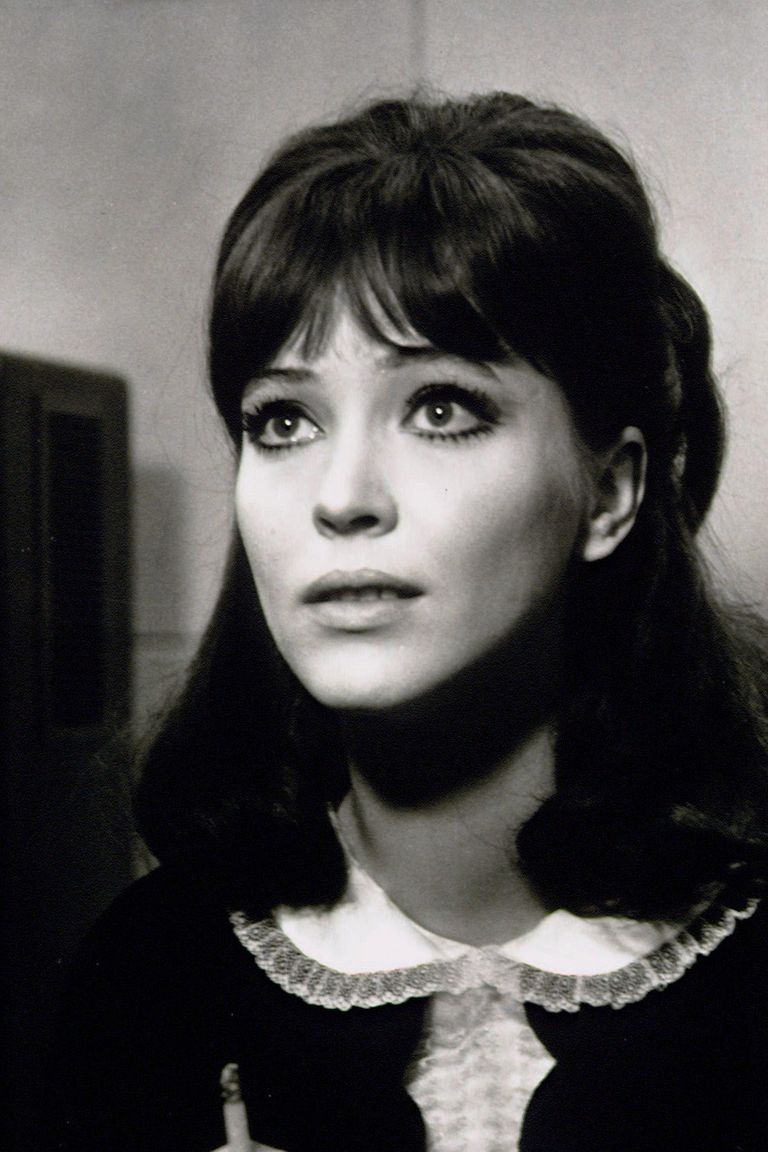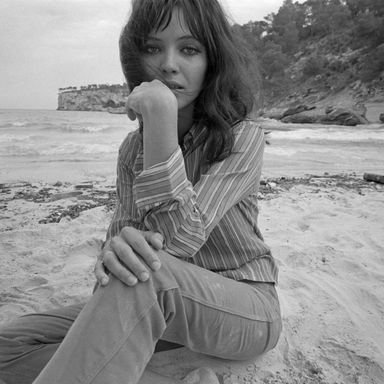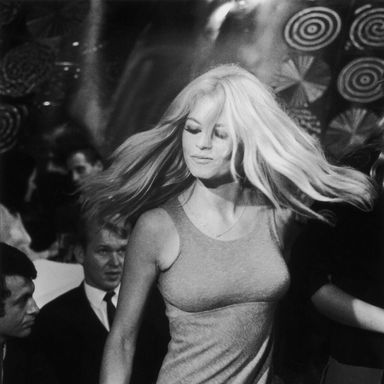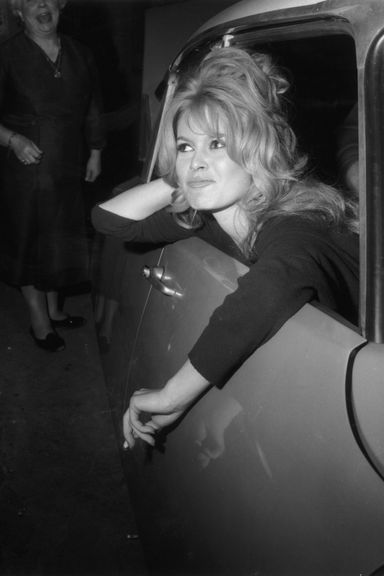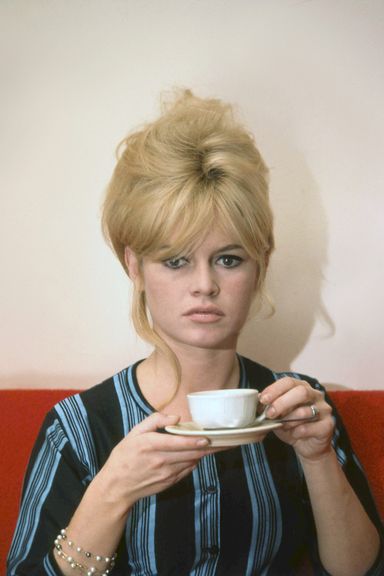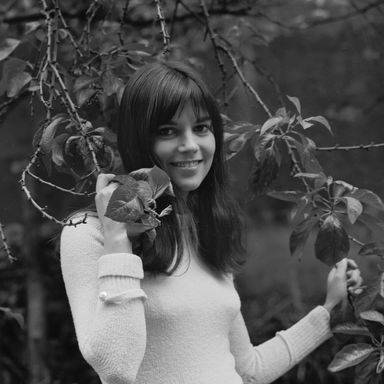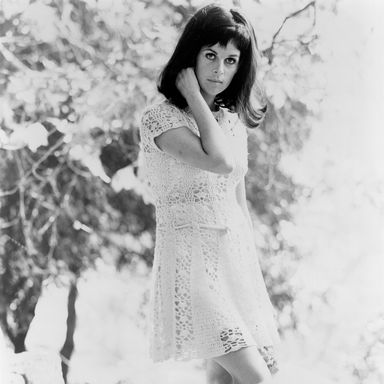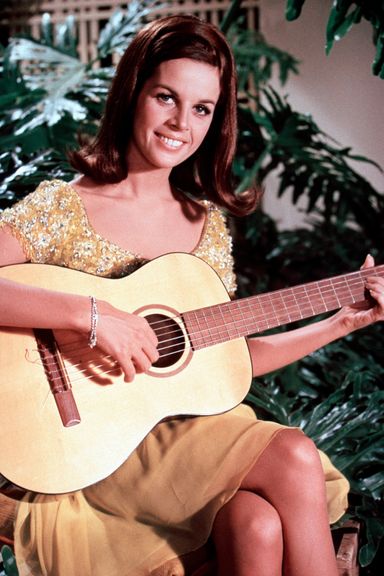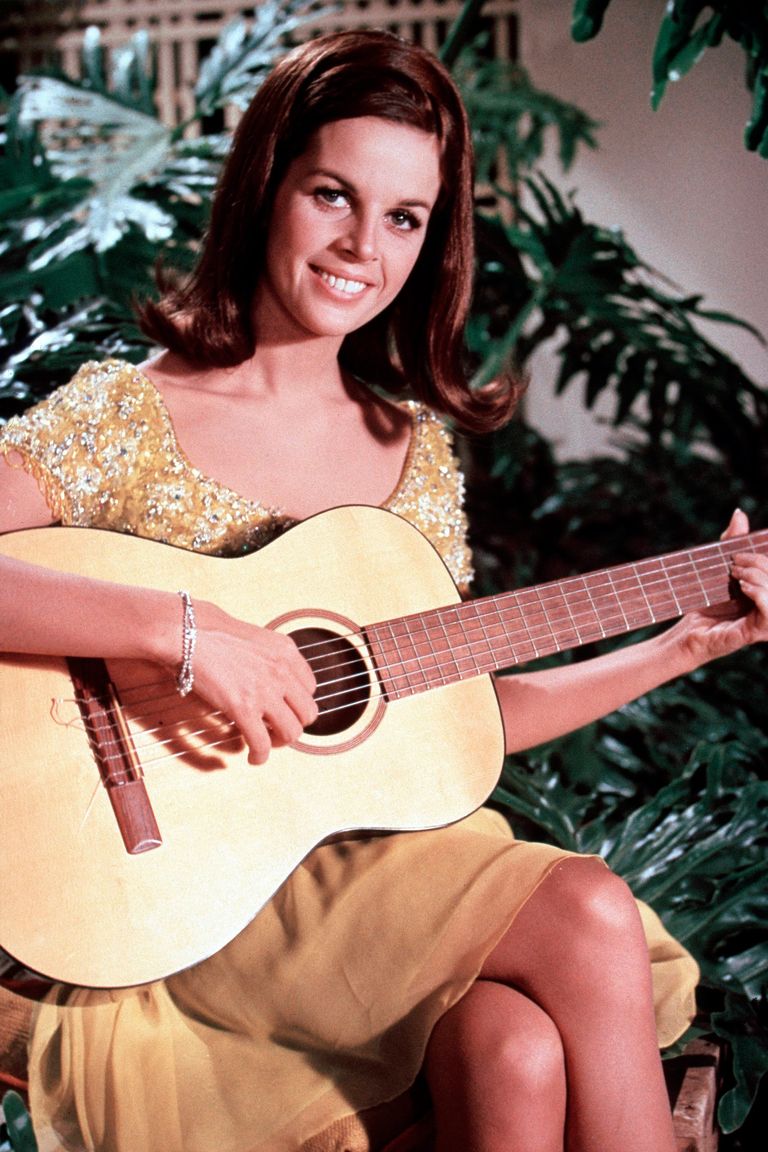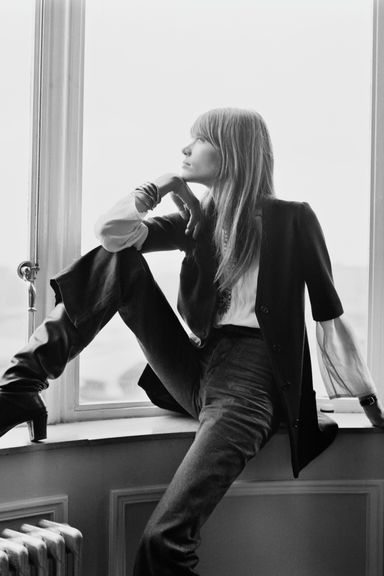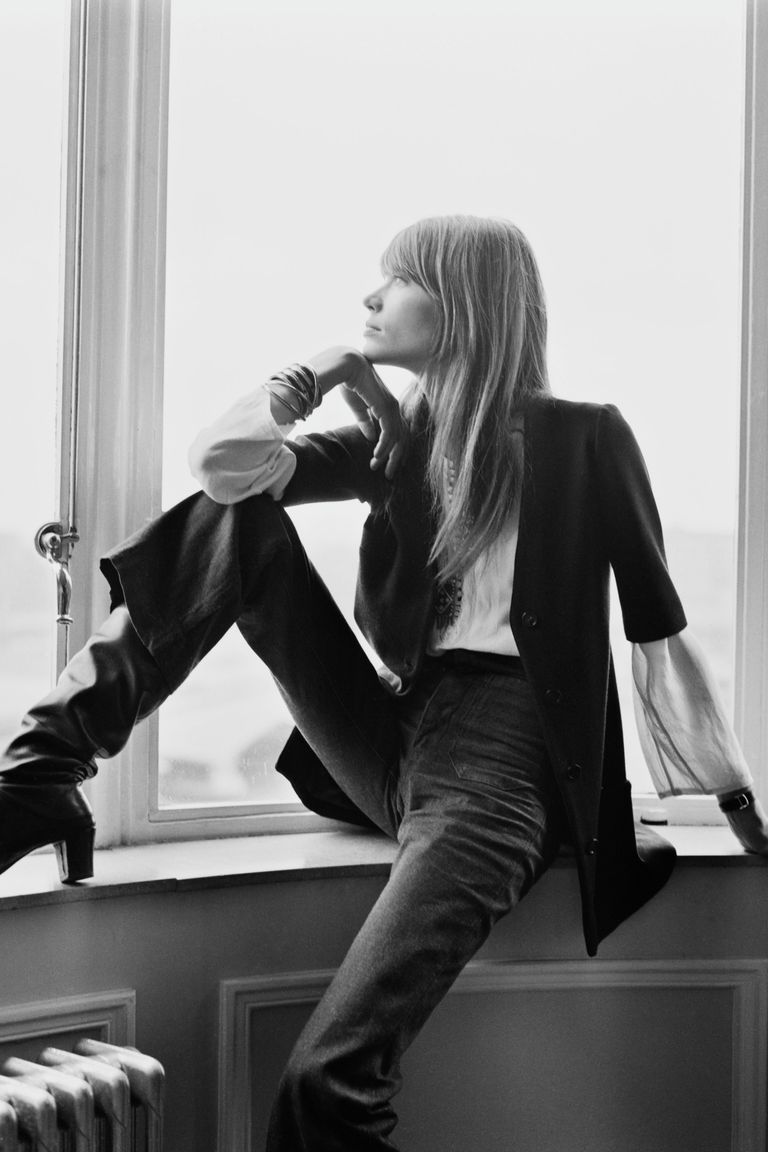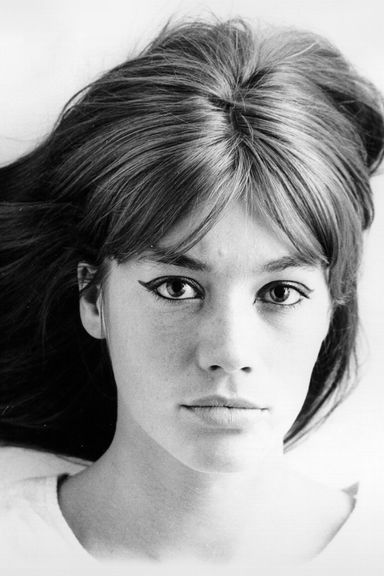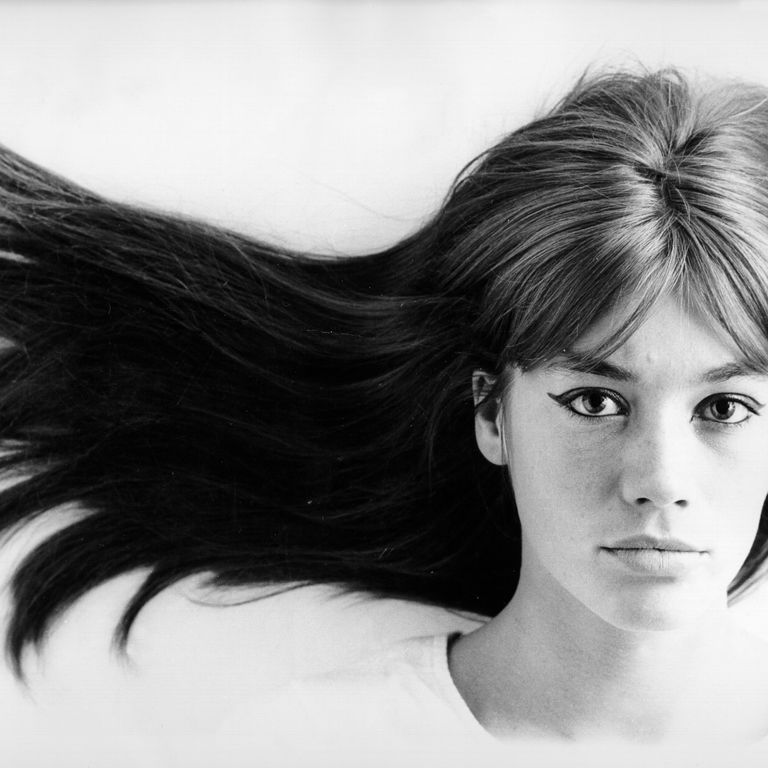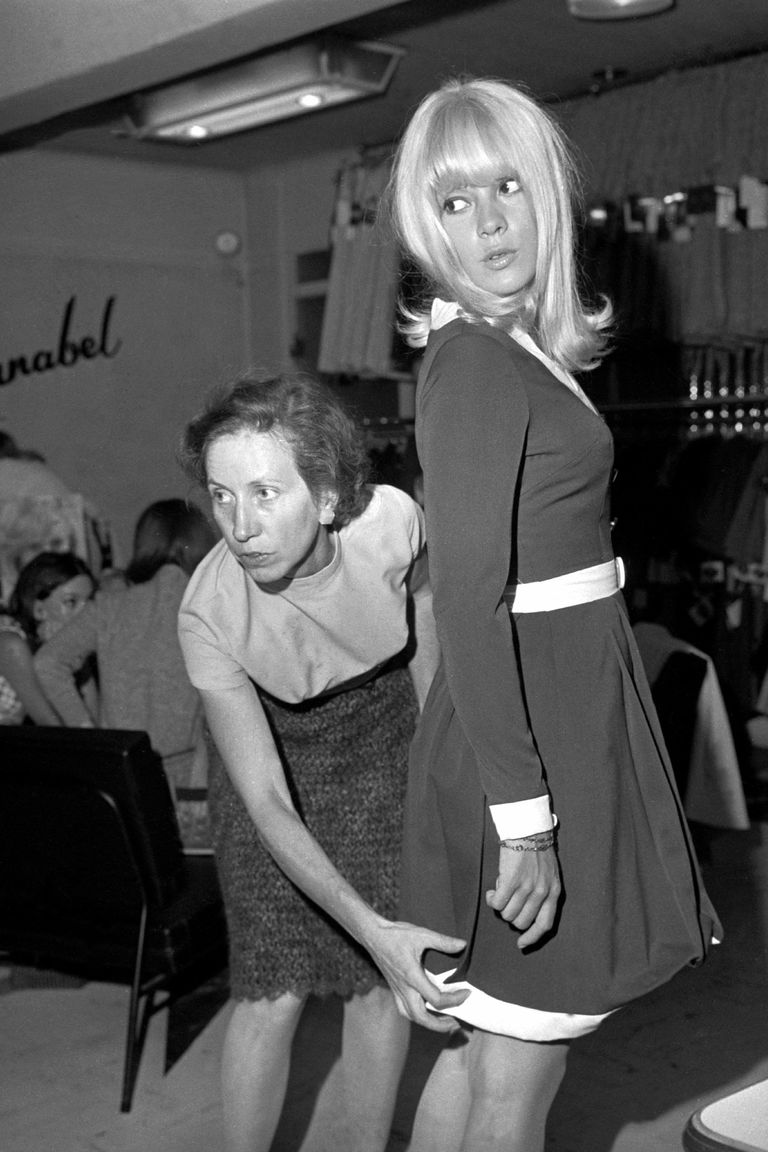Why Yé-Yé Girl Style Was Secretly Feminist
There’s a new theme every day on It’s Vintage. Read more articles on today’s topic: Yé-Yé Girls.
“That’s not hard.”
“I could do it just as well.”
“She’s not even pretty.”
“She has the face of a housemaid.”
These are some anonymous female reactions to an early appearance by Brigitte Bardot on French television, as recorded by Simone de Beauvoir. The feminist writer was intrigued enough by Bardot to publish a book-length treatise on her titled Brigitte Bardot and the Lolita Syndrome. (The original article appeared in Esquire in 1959.) When I first read it a decade ago, I remember being confused — could we be thinking of the same Brigitte Bardot, this kitten wielding not a whip, but a needle-sharp eyeliner brush?
The Bardot I know — the basis for innumerable YouTube tutorials on how to “achieve” beehive hairdos and artfully curlicued cat-eye liner — could serve as shorthand for artifice. But de Beauvoir insists on Bardot’s “authenticity,” and points to her (now very mannered-seeming) performance in And God Created Woman as an example of that authenticity. And she has a point: While Bardot and her ‘60s contemporaries may seem stylized to us now, they actually were as revolutionary as The Lolita Syndrome presents Bardot to be. At one point in her essay, de Beauvoir notes that the star represented not a wife, child, or mother archetype, but something wholly new — a carefree, in-between woman who giggled at the idea of marriage and commitment, in what was still a very conservative society. Just as Marilyn Monroe is now red lips and a mole, as we’ve Pinned and Tumblr’d her, Bardot has been reduced to beachy waves, symmetrical cat eyes, and a sailor shirt, but in her heyday, she represented much more than that.
The flowering of yé-yé, or female-fronted ‘60s French pop, often gets dismissed as fluffy, likely due to its lyrical reliance on lollipops, bubble gum, and dolls. But it’s a more sophisticated style than you might think. Yé-yé draws on the longstanding tradition of French chanson, while adding a sly, flirtatious element. And while they were far from rebels, the singers’ insouciance was, in its way, revolutionary. Françoise Hardy’s “Je changerais d’avis” (“I changed my opinion”) asserts “life is not only about one boy/one face to love,” while Bardot (though better remembered for her acting career, she recorded a fair amount of music) sings on the saccharine “Bubble Gum” that love has the lifespan of a pack of — well, you know. (Apparently, she wasn’t too “authentic” for such consumerist shout-outs: On another song, she states proudly that all she needs in her life is not a man, but her Harley-Davidson motorcycle.) And in “Baby Pop,” France Gall sang to an imagined young girl, “You’ll have to get married/perhaps even against your will/On your wedding night/It’ll be too late to regret it.” She went on to encourage her to dance and sing while she still had the freedom to. Gall also sang “Teenie Weenie Boppie,” a free-spirited paean to consequence-free LSD use — you keep waiting for the cautionary tale to start, but it never does. Kim Gordon’s band Free Kitten later covered the song.
While girl groups Stateside were harmonizing on “He Hit Me (And It Felt Like a Kiss)” and “My Boyfriend’s Back,” the yé-yé set thumbed their noses at monogamy and commitment. And their free-spirited style — schoolgirl minidresses, slick go-go boots, mod eyeliner — fused elements of childhood with a very adult sensibility. Like the riot grrrls who succeeded them three decades later — the ones who turned barrettes, lunch boxes, and repurposed Girl Scout uniforms into feminist statements — the yé-yé girls’ youthful energy helped create a new, freer female archetype. And Hardy, with her love of suits, pushed the menswear-as-womenswear look as liberation.
In 1968, young Frenchmen and Frenchwomen would take to the streets and riot. One of their catchphrases was “Sous les pavés, la plage.” (Under the paving-stones, the ocean.) They were crying out for authenticity in a closed society. The yé-yé craze would soon recede, but it would epitomize a point in time when social mores were beginning to shift, and when it was clear that women’s roles were long overdue for some shaking up. And if that liberation came with a catchy snare beat, so be it.
Click through the slideshow to see some of the most iconic fashion moments from the genre.
